Ellen Lloyd – AncientPages.com – As previously reported on Ancient Pages, the discovery of a mysterious Viking grave in the Swedish Mountains last year was hailed as one of the country’s greatest and most exciting archaeological finds. At the time of the discovery, scientists knew little about the content of the grave.
The story began when mountain climber Eskil Nyström came across an extraordinary 1,200-year-old brooch.
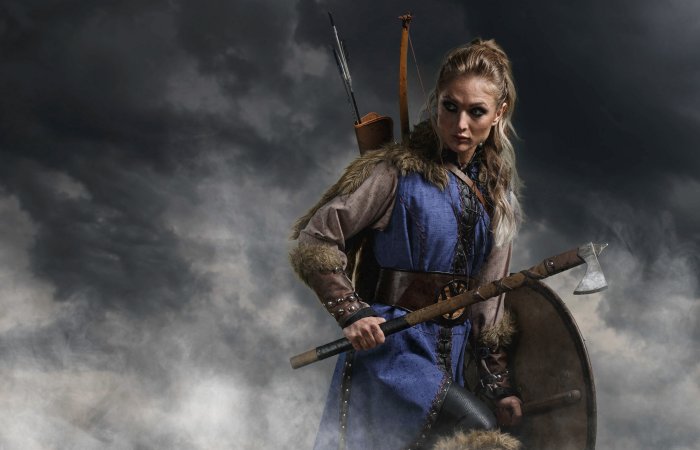
Archaeologists have found a rare female Viking grave in the Swedish mountains. Credit: Adobe Stock – Fotokvadrat
“My first thought was that I had found a mine, but then when I had dug around, I understood that it can’t be, Nyström told TT.
Nyström took the brooch home and asked around, but no one knew what it was or where it came from. One year later, he came in contact with the museum Jamtli in the city of Östersund and understood the archaeological and historical value of the brooch he had found.
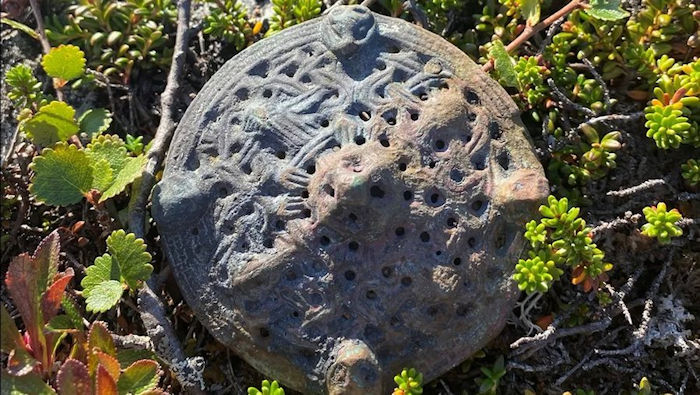
The Viking brooch discovered in the Swedish mountains in Jämtland. Credit: Eskil Nyström
At the site in Jämtland, Anders Hansson, chief archaeologist at Jamtli, also found another oval brooch which is not much of a surprise because such pins are usually unearthed in pairs.
“What has been established is that it is a cremation grave from the Viking Age and “most likely” a woman’s grave, Hansson says. Previously, only five other Viking graves have been found in the mountains, and all have belonged to men.
Scientists have now excavated the Viking grave and have more information about this fascinating archaeological discovery.
“It’s an incredible archeological discovery,” Hansson told Swedish Radio (SR).
A female Viking burial site up in the mountains is a rare find. Never before has this type of burial been encountered in the Jämtland mountain world.
“We have found five graves before, but they are typical male graves with arrowheads and swords,” he says.
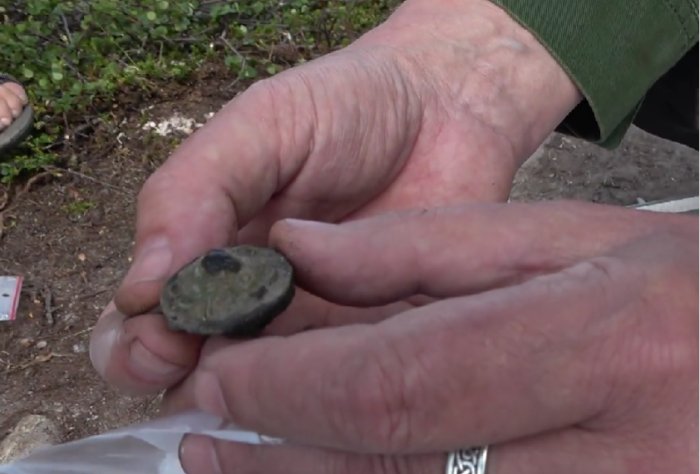
The burial items revealed a woman was cremated at this place. Credit: SVT
The grave is important as it can shed new light on how people lived in this area 1,000 years ago. Archaeologists know farmers and Sami people occupied this region at the time, but every archaeological find pains a more accurate picture of the past. Scientists would like to gain more historical information on how people communicated and co-existed with each other in those days.
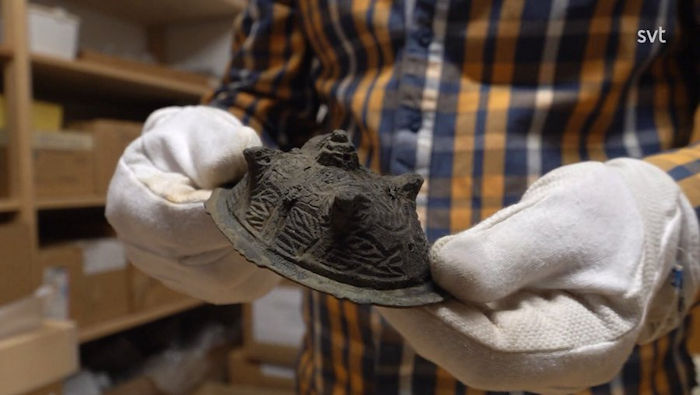
Examination of the Viking brooch. Credit: SVT
A Giant “Brutal” Axe Found In The Viking Woman’s Grave
Excavations of the Viking grave show the Viking woman had been cremated. So little remains of her bones that scientists cannot conduct a DNA examination. The gender of the deceased has been determined with the help of the uncovered artifacts, which include jewelry, brooches, pearls, and a ring. The high quality of these burial items indicates this is the resting place of a wealthy Viking woman. She was an individual who held a high social status.
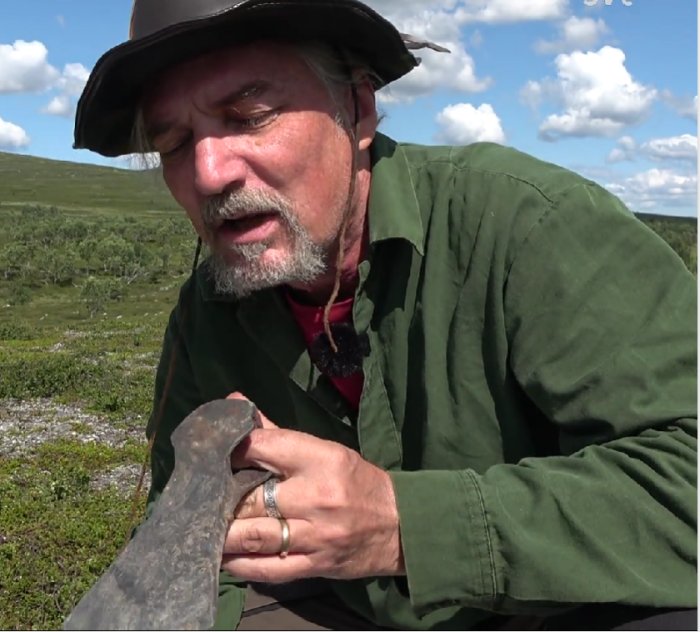
A well-preserved 1,000-year-old Viking Axe was found in the woman’s grave. Credit: SVT
Archaeologists say she was also buried with a giant “brutal” axe. This kind of weapon is typical for the Viking Age and at least 1,000 years. The Viking axe is so well-preserved it is still sharp and could be used.
Written by Ellen Lloyd – AncientPages.com





